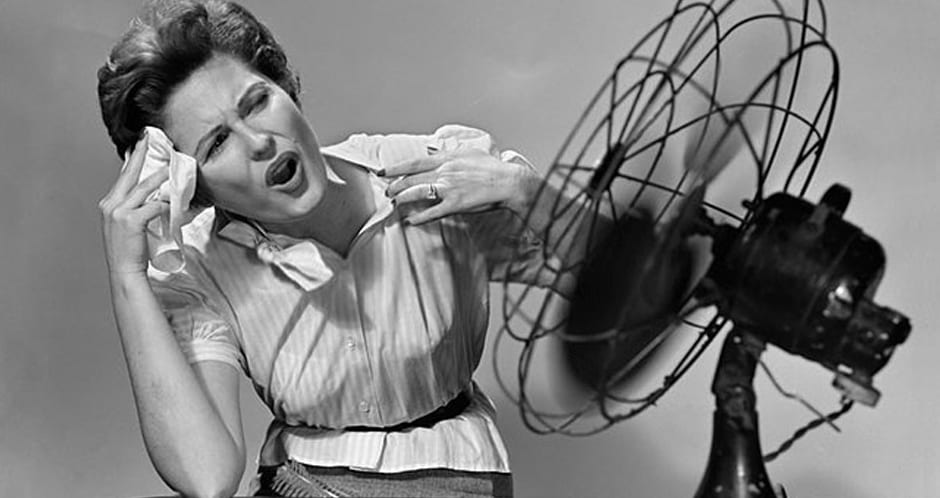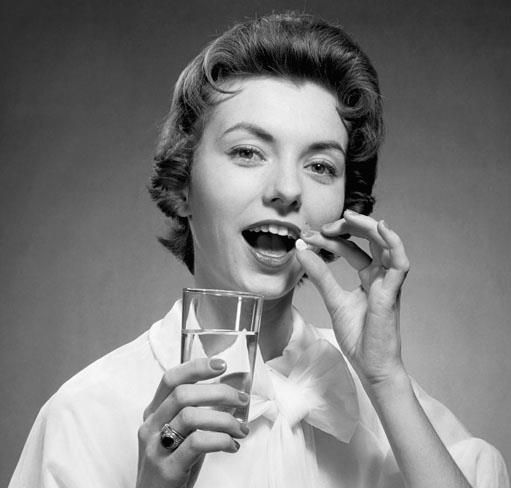
Unfortunately for all women there will come a time when our female hormones go into free fall. The average age of starting the menopause is anything from early 40s right into the 50s. Generally ladies will experience the pre cursor to the menopause, called the perimenopause, around our 40s, where the symptoms start to become more bothersome, and for some debilitating. It is only after not having a period for 12 months are you then classed as being postmenopausal. This can take around 4-8 years.
Now you would think that it would be smooth sailing from then on, and yes a good 80 % of women will have no symptoms when entering into the postmenopausal stage, but many are left struggling for years. Trying to cope with the ongoing internal hormonal battle.
The root cause for this difficult change of life cycle is due to the gradual drop in female hormones being released from the ovaries, called oestrogen and progesterone. It is this decrease that triggers the physical symptoms of menopause. So what are these symptoms, because actually many of them you may not have even thought were related to the change of life.
Yes, this is the most common symptom you’re likely to hear about. The body reacts to hormonal changes by creating an intense feeling of body heat and sweating. The deficiency of oestrogen and progesterone also stimulate increased levels of the fight and flight hormones adrenaline and cortisol causing the hot flushes and sweats.
Causing itching, irritation and pain which can persist through to postmenopausal stage. This is due to the lack of oestrogen leading to thinning of the vaginal walls, loss of natural lubrication and reduction on skin elasticity. Also the vagina becomes more alkaline making infections and UTIs more common.
Urinary frequency and incontinence are due to the weakening of the pelvic floor muscles.
Oestrogen decrease leads to a reduction in the production of serotonin, our happy hormone.
Over 50 % of postmenopausal women suffer from poor sleep patterns and are 4 times more likely to develop insomnia. Hormone imbalance changes brain waves heightening arousal levels and suppressing sleep promotion hormone, melatonin.
It is the loss of oestrogen that drops the sex drive, and not testosterone which many people think. But it is more than this as libido is usually multifactorial with psychological distress and physical discomfort adding to the hormonal imbalance.
So enough of the science behind all this, so where do we go from here? The obvious solution is to think about the imbalances and correct them. This is easier said than done and we shouldn’t ignore nonmedical treatments which have also been shown to be beneficial. Here is a list of the best tried and tested methods to treat menopause related symptoms:

Many new studies have supported this form of psychotherapy which targets and modifies behaviours.
There are many out there purporting to be the miracle cure. The only supplements with evidence behind them that they maybe beneficial are:
Reduce caffeine, alcohol and nicotine intake as they are stimulants. Eat earlier in the evening and limit your sugar and fat content.
The change of life should be thought as of a new beginning, a brand new chapter to embark upon. This is also a great time to reassess your work life balance, address your lifestyle and health aswell as focusing on positive well being.
Talk to your doctor if you suffer any of the above symptoms as there is help out there, you don’t have to suffer alone.
Great tips. Have you got any additional ideas on what can be included or excluded from diets to ease these symptoms?